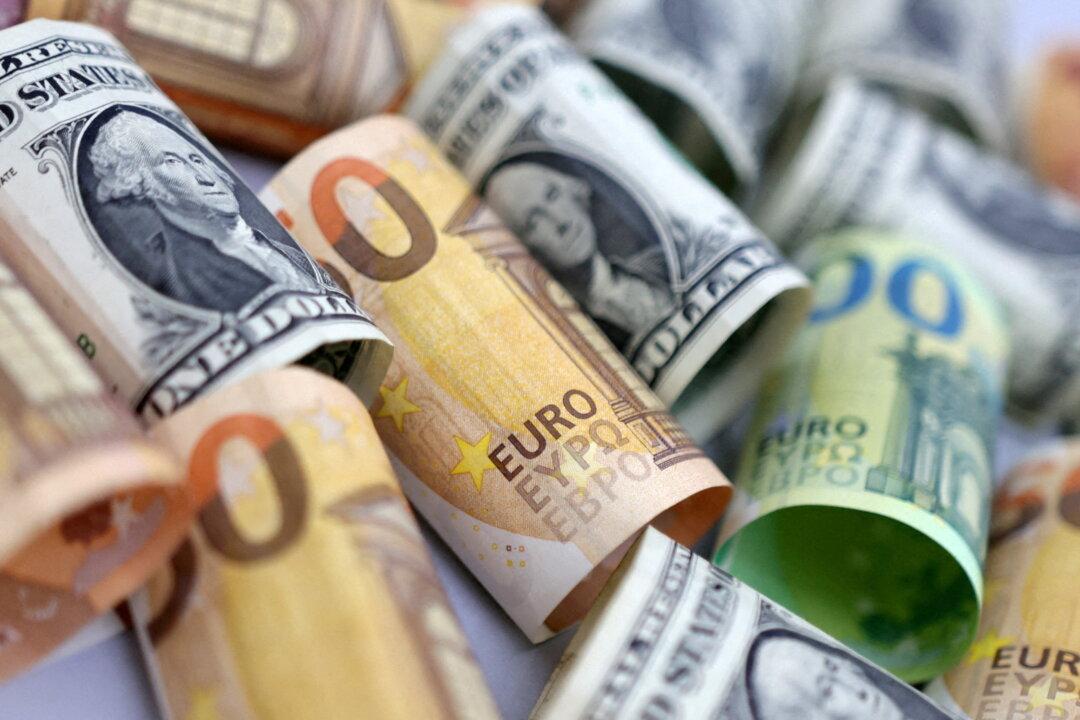LONDON—The U.S. dollar declined to its lowest level in more than six weeks against the Japanese yen on Monday as investors ramped up bets that aggressive Federal Reserve monetary policy would tip the economy into a recession.
With traditional market gauges of recession such as yield curve spreads pinned near their lowest levels this year, punters have ramped up bets in recent days that U.S. interest rates will peak by the end of 2022.





